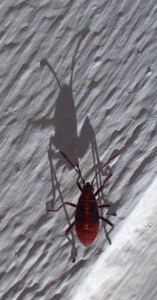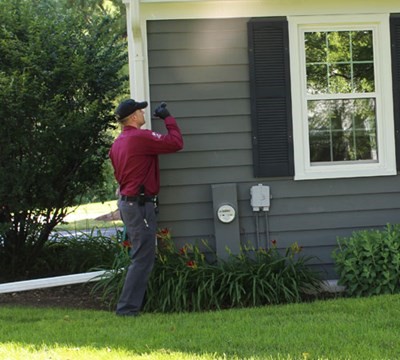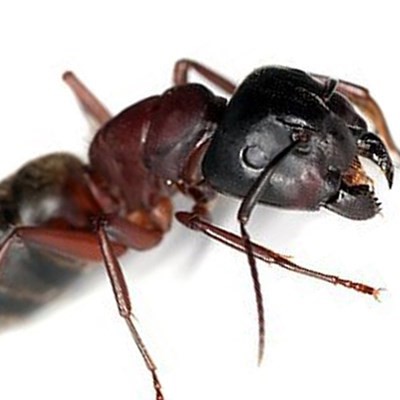Fall invaders probably aren’t the first pests that come to mind when you think of a pest infestation. Occasional, or fall, invaders are a group of insects that invade structures occasionally, often finding themselves inside your home. You’ll start to see this happening when weather conditions become threatening to their survival. The occasional invaders that get several complaints filed against them around this time of year, and in spring, are the Boxelder Bugs and Asian Lady Beetles.
As autumn approaches, these fall invaders are looking for a cool, dry place to hit snooze during the winter. In September and October, they tend to assemble themselves on the exterior walls of sunny, south-facing buildings seeking out warmth. Once they land on buildings, they make their way through tiny cracks and crevices looking for protected places to hibernate. Their favorite locations include cracks around windows and door frames, behind fascia boards, and behind exterior siding. Structures with many cracks make this very easy for them and are most vulnerable to infestation.
As temperatures warm in late winter and early spring, they start to wake up from hibernation. This usually occurs on the sunnier, southwest side of homes. Still sleepy from their winter naps, some fall invaders unintentionally make their way inside your home, emerging from behind baseboards, walls, attics, and suspended ceilings. This is why even though Frosty the Snowman may still be standing strong outside, pests can mysteriously appear in your living room in the middle of winter.
So why do you find piles of dead fall invaders collecting in your window sill over winter? Well, once inside your home, the pests realize “Hey, this isn’t right!” They will naturally gravitate towards the light, which is mostly likely going to be the closest window. Since the temperature in your home is cozier than the temperature outdoors, their metabolism starts to gear up for summer. A high metabolism combined with no source of food causes them to quickly use up their winter reserves and die. If you see any still alive, you can return them to the outdoors where cooler temperatures will slow down their metabolism until spring.
The best way to control Asian Lady Beetle and Boxelder Bugs invasions is to seal up and repair any cracks and crevices around windows, eaves, doors, insulation and siding in the fall. Pay close attention to places where pipes and wires enter your home. Batzner Pest Control offers a fall service that creates a protective barrier to treat the cracks and crevices the fall invaders are attracted to, controlling and minimizing the population. This service must be applied before the first frost, so call now (866-591-3519 ) or contact us online to ensure you don’t have fall invaders waking up in your home. If you are already on our pestfree365 program, the Asian Lady Beetle and Boxelder Bug treatment is included. You’re all set!

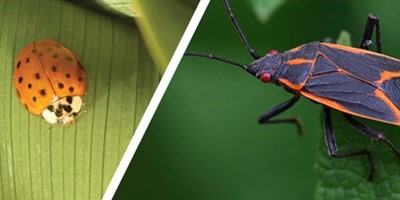
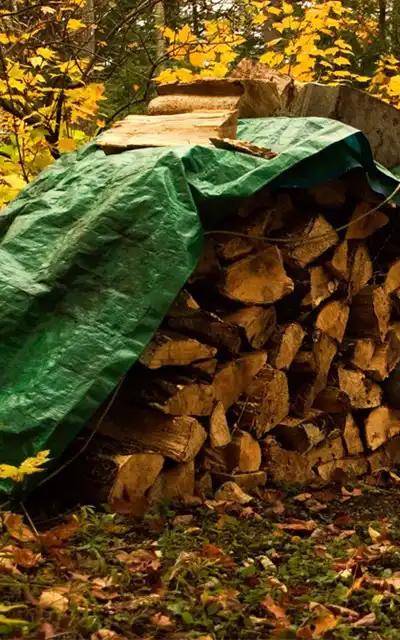

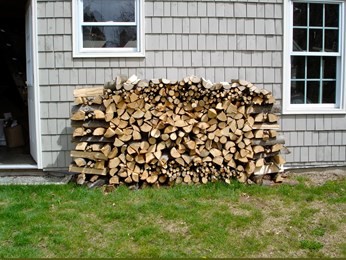
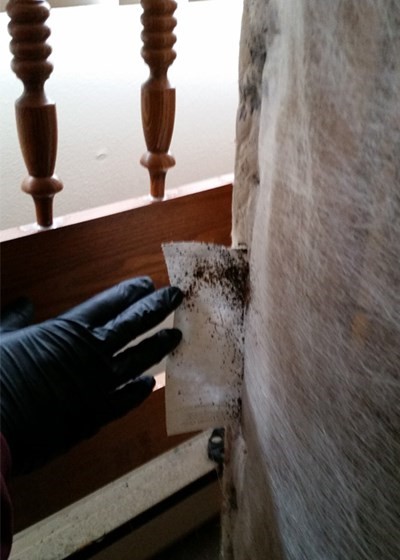
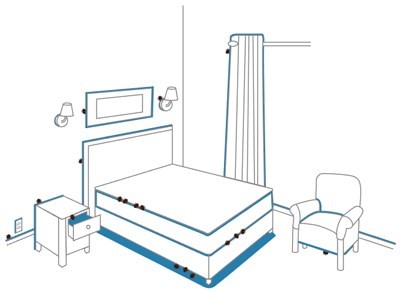

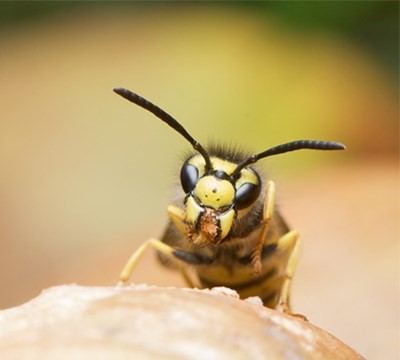
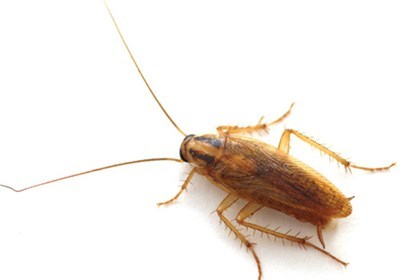
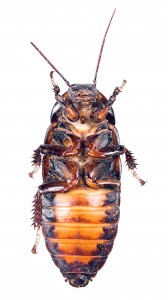
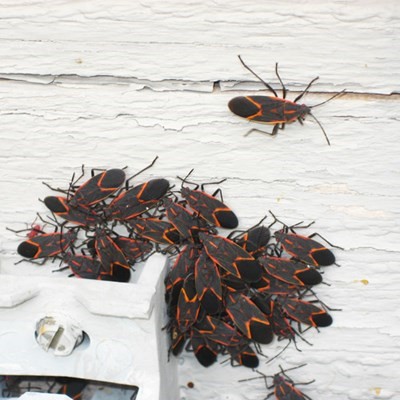
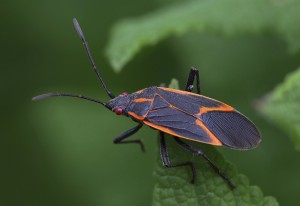 During summer, boxelder bugs feed on leaves, flowers, and seedpods of boxelders and silver maples, where they do minor damage to the trees. During fall, they
During summer, boxelder bugs feed on leaves, flowers, and seedpods of boxelders and silver maples, where they do minor damage to the trees. During fall, they 